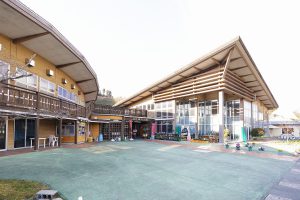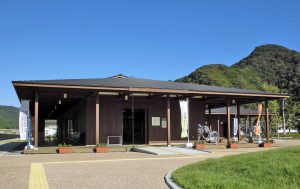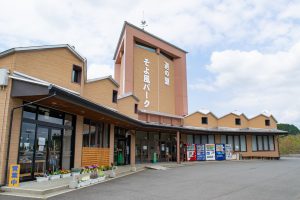Roadside Station Oguni
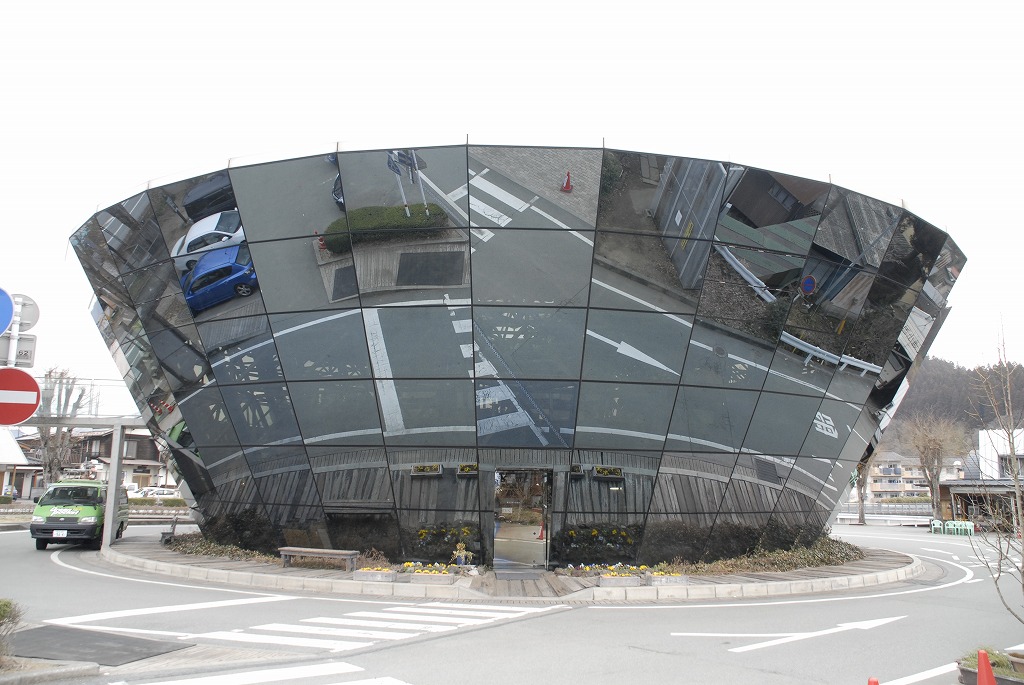
Index
All mirrored glass is inside.
Woody peaceful space
The exterior of the building, built with Japan's first wooden three-dimensional truss construction method, is eye-catching with its all-mirrored glass walls. Moreover, the interior is made of 2,461 Oguni cedars. The building was designed by Shoyei Ip, an architectural designer from Kumamoto. The first floor features a local sweets store, a soy sauce warehouse, and a popular handmade bread store. The second floor is a space for providing information on local sightseeing and other activities. The second floor is a space for providing information on local tourism, etc. There is also a corner for local Oguni cedar, selling scrap wood, slats, Oguni cedar chips, and other products.
Roadside Station Oguni Basic Information
| Location | 1754-17 Miyahara, Oguni-machi, Aso-gun, Kumamoto |
|---|---|
| Phone number | 0967-46-4111 |
| Business Hours | 8:30-17:00 (subject to seasonal variations) |
| Access | 40 minutes from Hita IC of Oita Expressway |
Map of Roadside Station Oguni
Roadside Station Oguni Gourmet Information
Oguni Jersey Milk
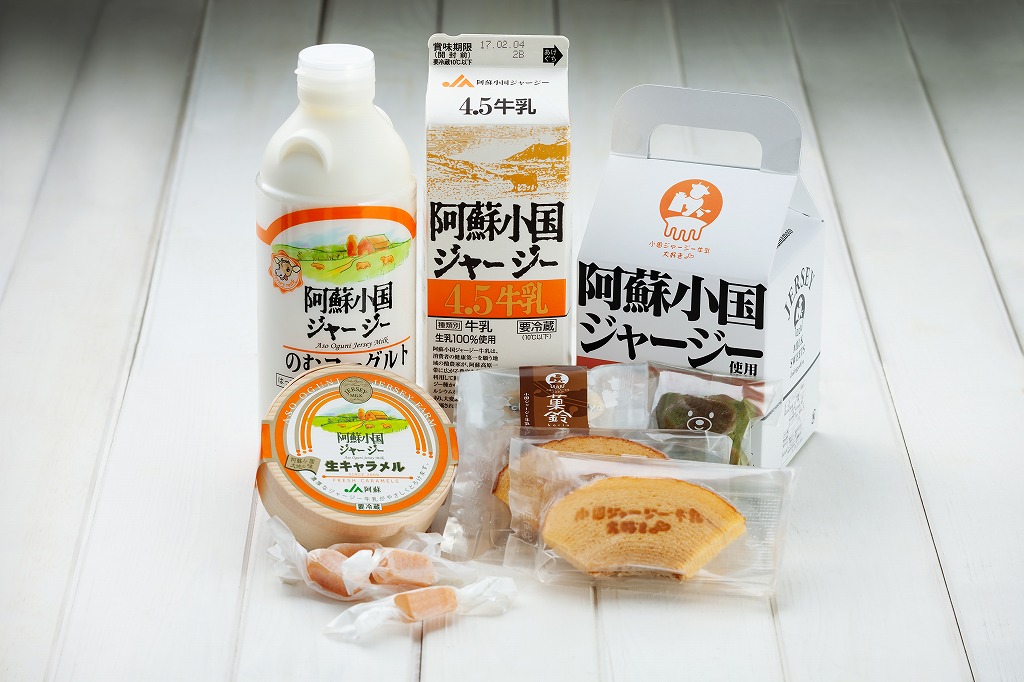
Jersey cows originate from the island of Jersey in England. Compared to Holsteins, Jersey cows are smaller and produce about three-quarters the amount of milk, but they are high in protein, vitamins, minerals, and other nutrients, and have a rich flavor. They are also rare, with only about 10,000 cows kept in Japan. Jersey cows are carefully raised at a Jersey farm in Oguni Town, where they are processed into milk, yogurt, and soft-serve ice cream. When asked for a recommendation at a roadside station, the first answer is "Jersey milk. It is a gift from a precious dairy cow.
Buy it! Tasty cedar baum
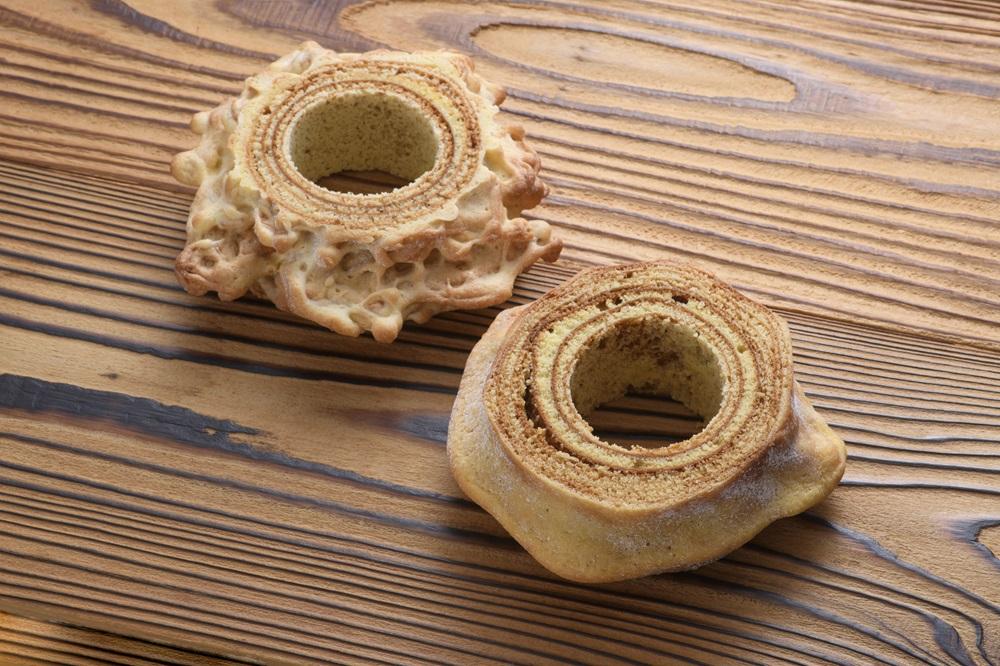
Oguni cedar, a sturdy cedar with tight grain, is an excellent building material, and in fact, as many as 2,461 Oguni cedars are used in the frame of Michi no Eki Oguni. The "Oishi-Sugi Baum" was found at such a station. It is made at the Oishi-Sugi Kobo, a confectionery workshop run by a construction company in Minami-Oguni Town. The ingredients are rice flour from Minami-Oguni rice, chrysanthemum powder grown without agricultural chemicals on the company's own farm, and eggs with some "ogunin egg" added. No wheat flour is used, so there is no need to worry about flour allergies. There are two types of kuchen: "hard kuchen" (right), which is crispy on the outside and moist on the inside, and "crispy kuchen" (left), which is made by spraying cookie dough to give it a crispy texture. Both have a sophisticated taste and are unquestionably delicious cedar! No wonder they won the "Higo Mokkoso's Umakamon Grand Prix 2023. 1,800 yen each (tax included)
Around Roadside Station Oguni
Former Japan National Railways Miyahara Line promenade
If you want to have fun in the area
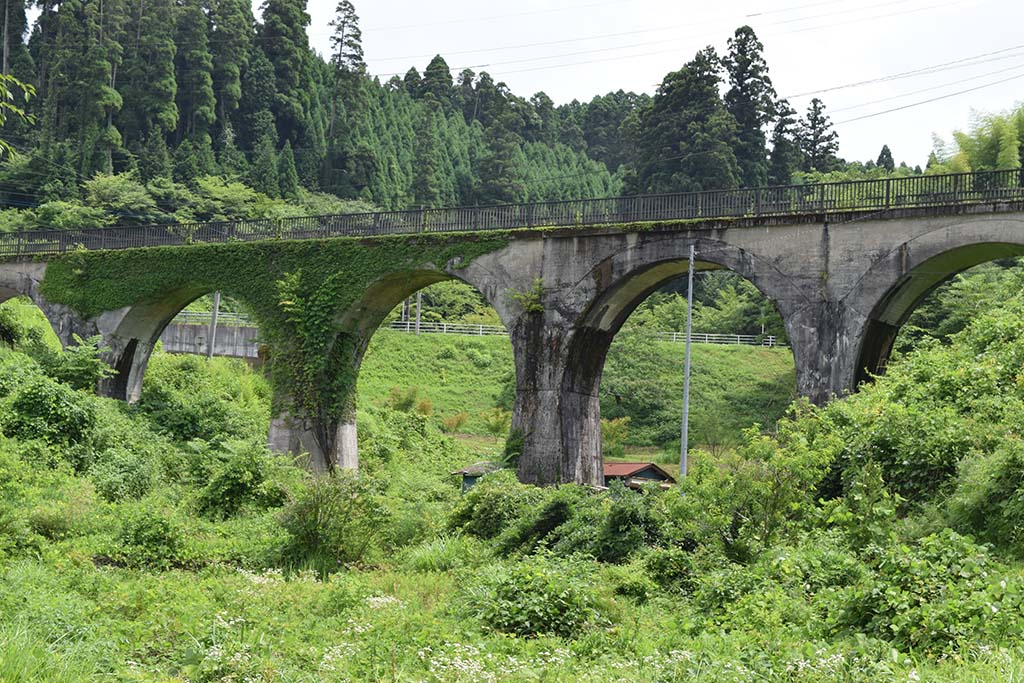
Behind the roadside station was the remains of a railroad station.... In fact, this is the site of the former Japan National Railways Miyahara Line that connected Era Station and Higo Oguni Station in Kokonoe Town, Oita Prefecture. The line was closed down in 1984, and although the tracks are no longer there, part of it has been developed into a promenade where visitors can take a stroll. The 4-km promenade stretches from near Michi no Eki Oguni to Kikonokate, and although it is unpaved and cannot be ridden on a bicycle, existing tunnels, bridges, and other structures can be seen from the road.
Shimojo's large ginkgo and Shimojo Falls
If you want to have fun in the area
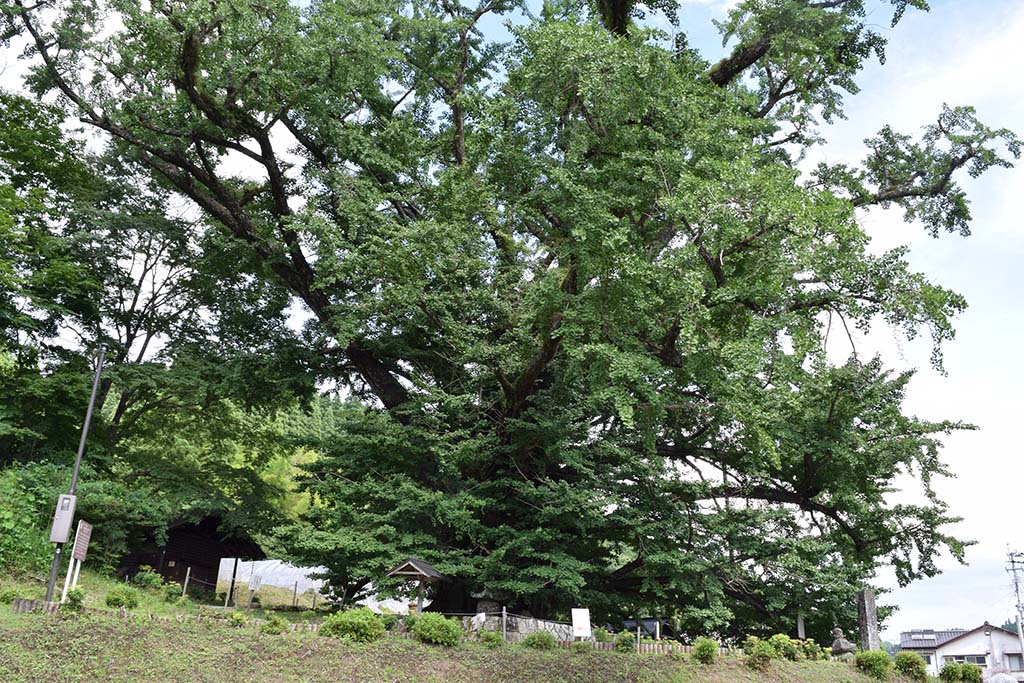
The large ginkgo tree in Shimojo has a trunk circumference of 10 meters, is 25 meters tall, and is said to be over 1,000 years old, making it the largest ginkgo tree in Kumamoto Prefecture. It is also called "chichikobusan" (meaning "milkman's milk") locally, because it is said that if you drink an infusion of the ginkgo's nipple, it will improve the flow of milk. The leaves turn bright yellow from mid-October to mid-November, when they are illuminated at night. Shimojo Falls is located near the large ginkgo tree, and the sight of a large volume of water cascading down the towering rock wall is breathtaking. The trail overlooking the falls from the front is currently inaccessible, but can be seen from a distance from the Shimojyo Ginkgo parking lot.

